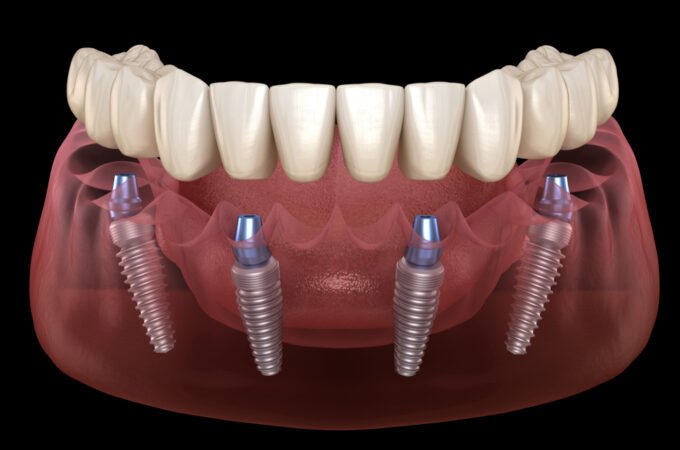
The Evolution of Dental Technology: What’s Changing in the Chair?
Over the years, dental technology has undergone a remarkable transformation, revolutionizing how dental procedures are performed and improving patient experiences. From traditional methods to cutting-edge innovations, dentistry offices have become hubs of technological advancements. Here, we’ll explore the evolution of dental technology and discuss the significant changes happening in the dental chair.
Digital Imaging: A Clearer Picture
One of the most significant advancements in dental technology is the introduction of digital imaging. Gone are the days of traditional X-rays and film development. With digital radiography, dentists can now capture high-resolution images of a patient’s teeth and oral structures instantly. This not only reduces the waiting time for results but also allows for a more accurate diagnosis. Digital imaging has become an essential tool in detecting dental issues such as cavities, infections, and bone loss.
CAD/CAM Technology: Precision and Efficiency

Computer-Aided Design/Computer-Aided Manufacturing (CAD/CAM) technology has revolutionized restorative dentistry. With this technology, dentists can create precise 3D digital models of a patient’s teeth and design custom restorations such as crowns, bridges, and veneers. The digital models are then sent to an in-office milling machine, which fabricates the restorations from high-quality ceramic materials. CAD/CAM technology not only ensures a perfect fit but also eliminates the need for messy impressions and multiple appointments, saving time and discomfort for patients.
Laser Dentistry: A Gentle Approach
Lasers can be used for cavity detection, gum disease treatment, and teeth whitening, among other treatments. Laser dentistry offers several advantages over traditional methods, such as reduced bleeding, minimal discomfort, and faster healing times. Additionally, lasers allow for more precise and conservative treatment, preserving healthy tooth structure and minimizing the need for anesthesia.
Cone Beam Computed Tomography (CBCT): A 3D View
CBCT imaging provides dentists with a three-dimensional view of a patient’s teeth, jawbone, and surrounding structures. This technology is particularly useful for planning complex dental procedures such as dental implant placement and orthodontic treatment. CBCT scans allow dentists to assess bone density, identify potential complications, and create a detailed treatment plan.
Intraoral Cameras: A Closer Look
Intraoral cameras have become a valuable tool in dental examinations. These small, handheld cameras capture high-resolution images of a patient’s teeth and gums, allowing dentists to identify and explain dental issues more effectively. Patients can also see the images in real time, promoting better understanding and involvement in their treatment plans.
Virtual Reality: A Relaxing Experience
To alleviate dental anxiety and enhance patient comfort, virtual reality (VR) technology is being integrated into dental practices. VR headsets provide immersive experiences, distracting patients from the dental procedure and creating a more relaxed environment. By immersing patients in a virtual world, dentists can make visits a more pleasant experience for everyone.
Contact Park Crossing Dentistry Today

The dental chair has witnessed remarkable advancements in technology, transforming the field of dentistry. From digital imaging and CAD/CAM technology to laser dentistry and CBCT imaging, these innovations have revolutionized dental procedures, improving accuracy, efficiency, and patient comfort. As dental technology continues to evolve, we can expect even more exciting developments that will further enhance oral health care and patient experiences.
If you’re looking for a family dentist in Pineville or the surrounding areas, contact Park Crossing Dentistry in Charlotte today.




